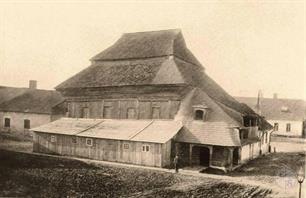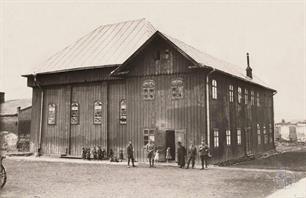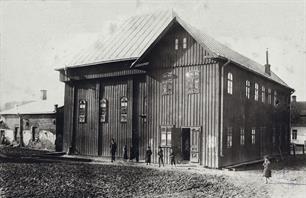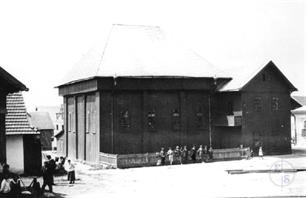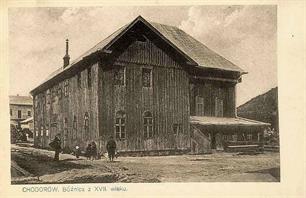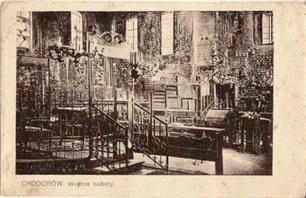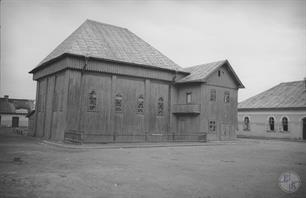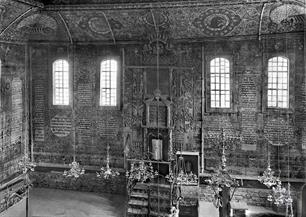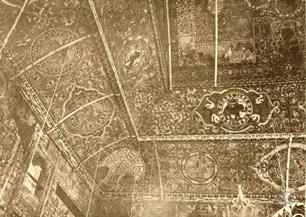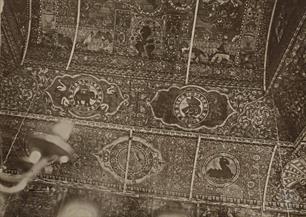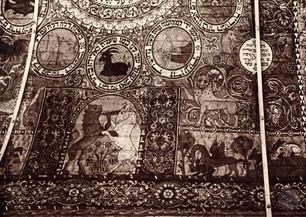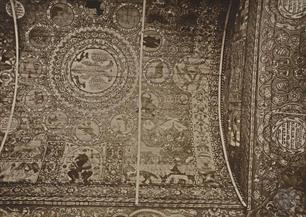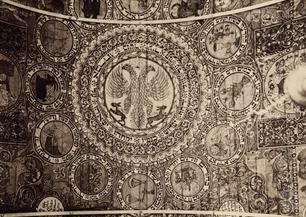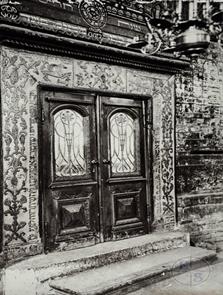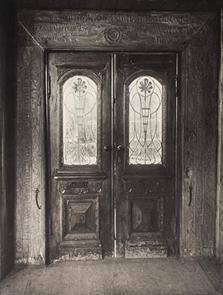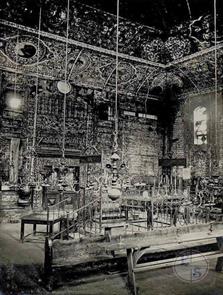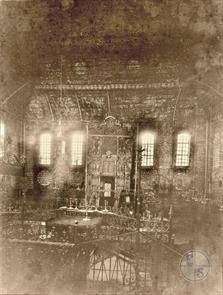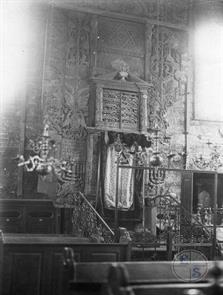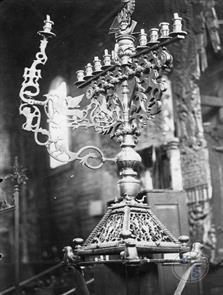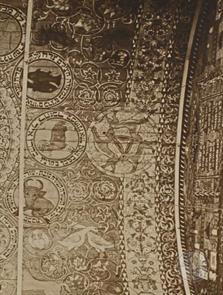Khodoriv
Stryy district, Lviv region
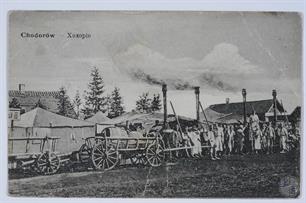 |
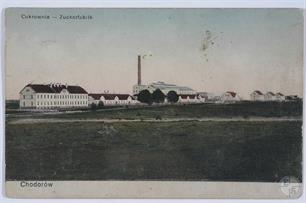 |
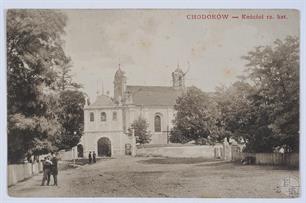 |
| Khodoriv, ca 1918 | Sugar factory, before 1910 | Khodoriv, church, ca 1918 |
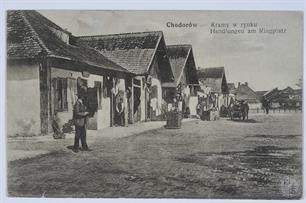 |
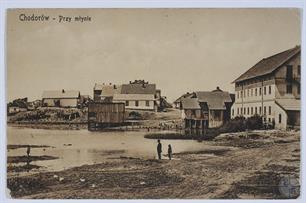 |
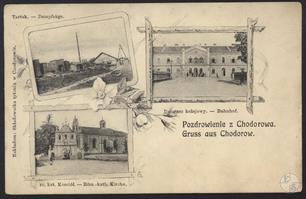 |
| Shops on market, ca 1918 | Khodoriv,mill, ca 1918 | Khodoriv, 1903 |
Sources:
- Virtual Shtetl. Chodorow
Photo:
- Alois Breyer, The Center for Jewish Art
- Henryk Poddebski, Narodowe Archiwum Cyfrowe, Warszawa
- Biblioteka Narodowa Polona. Chodorow
- Virtual Shtetl. Chodorow
Photo:
- Alois Breyer, The Center for Jewish Art
- Henryk Poddebski, Narodowe Archiwum Cyfrowe, Warszawa
- Biblioteka Narodowa Polona. Chodorow
The earliest documents confirming the Jewish presence in Chodorуw (Khodoriv; Ukr. Ходорів) date back to 1633. At that time, the community was economically connected with the local nobility. Its wealth was evidenced by the construction of an impressive wooden synagogue in 1651; the building soon became well-known in the area.
Several important figures hailed from the Jewish community of Chodorуw. One of them was Rabbi Isaac ben Zebi Ashkenazi – rabbi and Talmudist of Ukrainian or Belarusian roots; after working in Chodorуw, he became the rabbi of Lviv (where he died on 5 May 1807).
The Chodorуw rabbis were members of the Zidichov tzaddik dynasty (originating from Żydaczуw, today’s Zhydachiv, Ukraine), the progenitor of which was Yitzchak Eichenstein Safrin (d. 1800). One of the people descended from the dynasty was Joshua Heshel Eichenstein, rabbi in Chodorуw and son of Żydaczуw rabbi Alexander Yom Tov Lipa.
Several important figures hailed from the Jewish community of Chodorуw. One of them was Rabbi Isaac ben Zebi Ashkenazi – rabbi and Talmudist of Ukrainian or Belarusian roots; after working in Chodorуw, he became the rabbi of Lviv (where he died on 5 May 1807).
The Chodorуw rabbis were members of the Zidichov tzaddik dynasty (originating from Żydaczуw, today’s Zhydachiv, Ukraine), the progenitor of which was Yitzchak Eichenstein Safrin (d. 1800). One of the people descended from the dynasty was Joshua Heshel Eichenstein, rabbi in Chodorуw and son of Żydaczуw rabbi Alexander Yom Tov Lipa.
Chodorуw was never a large town. In the 19th century, it had ca. 6,000 residents. Nevertheless, it was a vibrant industrial centre and the location of the largest sugar factory in Galicia.
In the 19th century, the pride of the town was the “Teichmann” Hotel located near the railway station, known throughout the country. For many decades, its grand hall was used to host weddings of Galician, Bukovinian, and Hungarian Jews.
In 1913, Dr. Zygmunt Grisztajn became the first Jewish mayor of Chodorуw.
The town suffered significant damages during World War I. In 1931, it only had 2,300 residents.
The history of the Jewish community of Chodorуw came to an end with the transport of local Jews to the Nazi German extermination camp in Belzec, carried out by the Germans in September and October 1942.
In the 19th century, the pride of the town was the “Teichmann” Hotel located near the railway station, known throughout the country. For many decades, its grand hall was used to host weddings of Galician, Bukovinian, and Hungarian Jews.
In 1913, Dr. Zygmunt Grisztajn became the first Jewish mayor of Chodorуw.
The town suffered significant damages during World War I. In 1931, it only had 2,300 residents.
The history of the Jewish community of Chodorуw came to an end with the transport of local Jews to the Nazi German extermination camp in Belzec, carried out by the Germans in September and October 1942.
In 1722, in the synagogue, the artist Israel Ben Mordechai Lisnitsky made polychrome murals. They managed to re -photograph, in all likelihood, even before the restructuring of the building, because in some photographs, rounding of the dome is visible, which disappeared after restructuring.
The wooden synagogue was built in 1642, rebuilt at the beginning of the 20th century. Destroyed during World War II.

- Home
- Shtetls
- Vinnytsia region
- Volyn region
- Dnipro region
- Donetsk region
- Zhytomyr region
- Zakarpattia region
- Zaporizhzhia region
- Ivano-Frankivsk region
- Kyiv region
- Kropyvnytskyi region
- Luhansk region
- Lviv region
- Mykolayiv region
- Odessa region
- Poltava region
- Rivne region
- Sumy region
- Ternopil region
- Kharkiv region
- Kherson region
- Khmelnytskyi region
- Chernihiv region
- Chernivtsi region
- Cherkasy region
- Crimea
- Synagogues
- Cemeteries
- Objects & guides
- Old photos
- History
- Contact
Jewish towns of Ukraine
Jewish towns of Ukraine
My shtetl
My shtetl
Donate
